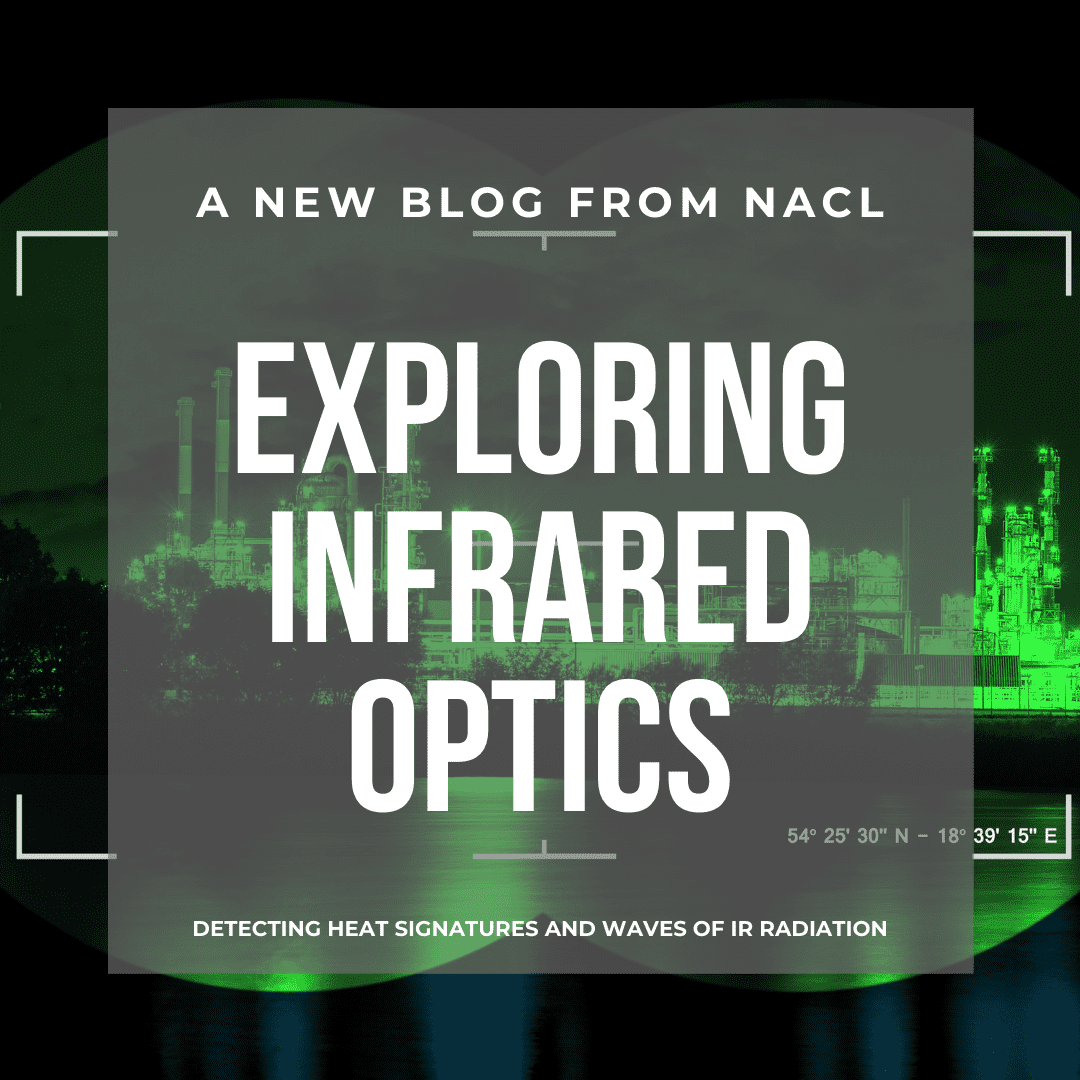Infrared vision is the ability for optical systems to detect heat signatures or waves of light emitted via infrared radiation. Thermal vision and thermal imaging are also commonly used terms in this situation since infrared waves emitted from a body are directly related to the body’s temperature: warmer objects emit more energy in the infrared spectrum than bodies with a lower temperature, hence their heat signature is more viewable.
The human body, as well as many moving or static objects, are typically warmer than the surrounding environment. Since warmer objects produce more infrared energy than colder ones, it is easier to identify them with an infrared detector, day or night. This is why the term “night vision” is also used (sometimes improperly) in the place of “infrared vision”, since one of the main purposes in developing this kind of system for the military was to locate enemy targets at night. Nonetheless, night vision really alludes to the ability to see in the dark although not necessarily in the infrared spectrum.
Night Vision Systems
Night vision systems normally rely on one of two technologies: light intensifiers or infrared vision. Light intensifiers use a photocathode to transfer light (in the visible or near-IR wavelengths of the electromagnetic spectrum) to electrons which amplify the signal and transform it back to photons. Normally these lenses have a higher diopter strength and are coated with a narrowband coating.
Infrared Vision Systems
Infrared vision systems use an infrared detector working at mid-wave or long wavelengths to capture the heat emitted by an object. These wavelengths are not visible to the human eye. These are the wavelengths of light between visible light and radio waves. The traditional infrared spectrum has 4 different regions that are accepted in optical design. These regions are 700nm up to 2.9 microns which are loosely considered the near-infrared (NIR). From 3 microns to 7.9 microns is generally considered as the mid-wave infrared (MWIR). From 8 microns to past 14 microns is what is considered the long-wave infrared (LWIR) spectrum. Newer more powerful systems are pushing responses well past 14 microns, but most generally accepted designs and thresholds in LWIR go to at or below 14 microns.
Infrared Optical Materials
Although many materials could be used for photonic applications in the IR. Only a select few are used within the optics industry to fabricate components used in IR imaging and optical systems. Calcium fluoride, germanium, sapphire, silicon, zinc selenide and zinc sulfide each have their own unique attributes that distinguish them from each other, in addition to making them suitable for specific applications in the IR spectrum.
Selecting IR Optical Materials
When choosing the correct optical material for your infrared application, there are three key considerations one must make.
Thermal Properties
This is extremely important with IR applications due to the great amount of heat generated by IR systems. Thermal attributes to keep in mind are a material’s index gradient and coefficient of thermal expansion (CTE).
Transmission
Different IR applications operate within different regions of the spectrum. It is important to keep in mind which IR substrates perform best based on the operating wavelength of your system. A good example is choosing germanium for a mid-wave IR application due to its high MWIR transmission versus a sapphire substrate which is normally more suitable for a near-infrared application based on its optical transmission.
Index of Refraction
IR materials like visible materials vary in terms of index of refraction. In the case of IR materials, they do vary index wise a great deal more than in the visible. Some visible materials can be used across the entire visible spectrum, whereas IR materials are normally relegated to a small operating band within the IR spectrum. This becomes especially clear when anti-reflection coatings are applied to these materials.
Cost
Although it is always a project driver one additional attribute to consider is that it is always more expensive to manufacture IR optics due to material costs.
We’d love to chat more about your program and see if our coating solutions are a fit for your infrared application. Please give us a call or send us an email so we can help you with your decision as to which process is most beneficial for your program.






